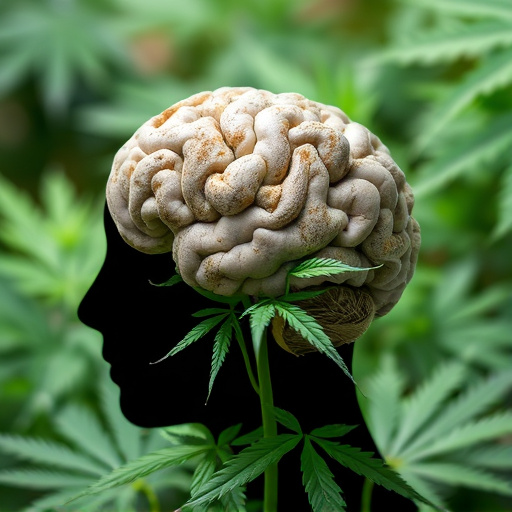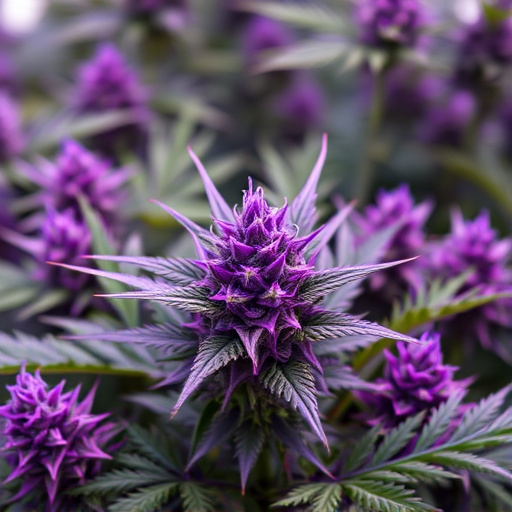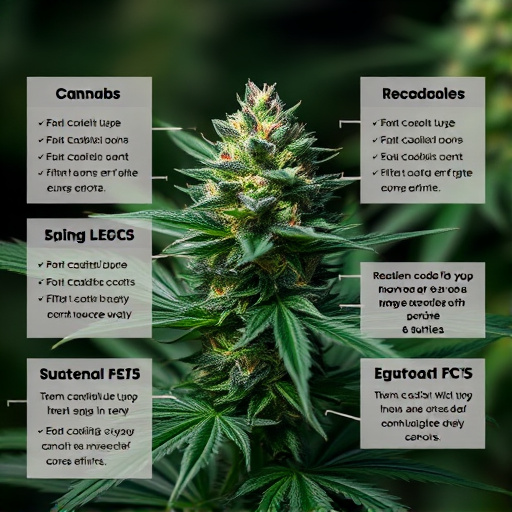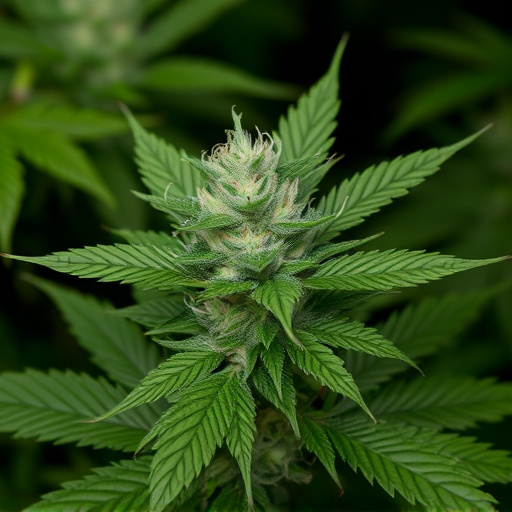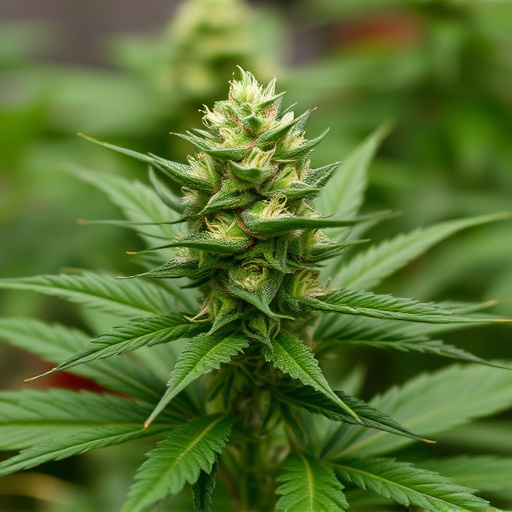The interaction between diet and cannabis strains effects is a significant yet often overlooked aspect of cannabis consumption. Different cannabis strains have unique chemical compositions, with Indica offering relaxation due to higher CBD and lower THC, while Sativa provides energy. Dietary factors can influence reactions by interacting with cannabinoids, enhancing or moderating effects. Fatty acids in food increase THC absorption, while other nutrients impact the body's endocannabinoid system. Understanding this relationship allows users to optimize their cannabis experiences and explore potential health benefits through strategic dietary choices.
“Curios about whether your diet can amplify the power of weed? It’s a question that sparks debate among cannabis enthusiasts. This article explores the intriguing link between food and the potency of cannabis. We’ll navigate the complexities of different cannabis strains and their varying effects, delving into scientific insights on how specific foods might enhance or alter these experiences. Uncover the secrets behind this fascinating interplay between diet and the potent compounds found in cannabis.”
- Understanding Cannabis Strains and Their Potency
- The Role of Diet in Enhancing or Altering Cannabis Effects
- Exploring the Science Behind Food-Cannabis Interactions
Understanding Cannabis Strains and Their Potency
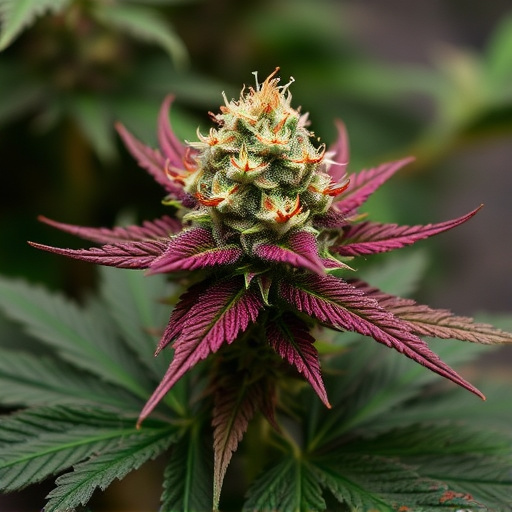
Cannabis users often debate the impact of diet on their experience, particularly regarding the strength and effects of different strains. While it’s true that certain foods can enhance or alter the perception of cannabis, understanding cannabis strains and their inherent potency is fundamental to this conversation. Each strain of cannabis has unique chemical profiles, determining its potential intensity and effects. For instance, Indica strains are known for their relaxing and sedative properties due to higher levels of CBD (Cannabidiol) and lower THC (Tetrahydrocannabinol) content, while Sativa varieties tend to evoke a more energizing and cerebral high with reversed ratios.
Knowing the specific cannabis strain effects allows consumers to make informed choices and set expectations. Additionally, dietary factors can play a role in how individuals react to cannabis. Some foods contain compounds that interact with cannabinoids, potentially enhancing or tempering the effects. For example, fatty acids in certain snacks can increase THC absorption, while other nutrients might influence the body’s natural endocannabinoid system, which regulates various physiological processes and is involved in processing cannabis’ effects.
The Role of Diet in Enhancing or Altering Cannabis Effects

The relationship between diet and cannabis is an intriguing aspect often overlooked in discussions about the plant’s effects. What we consume can significantly influence how our bodies interact with different cannabis strains and their unique cannabinoid profiles. Dietary choices have the potential to enhance or even alter the perceived potency and overall experience of using cannabis.
Nutrients play a crucial role in how cannabinoids, such as THC and CBD, are metabolized and absorbed. For instance, fat-soluble vitamins and minerals can facilitate the absorption of these compounds, potentially increasing their bioavailability. Certain foods known for their high nutrient content, like omega-3 fatty acids found in fish or spices rich in terpenes, may interact with cannabis to create a more balanced and desirable effect. Understanding this connection can empower users to make informed dietary decisions to optimize their cannabis experience while also considering the potential long-term health benefits of certain foods.
Exploring the Science Behind Food-Cannabis Interactions
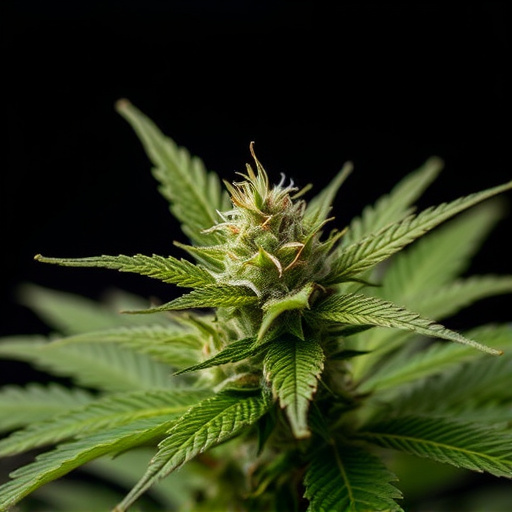
Exploring the science behind food-cannabis interactions reveals a fascinating realm where culinary choices can subtly influence the potency and effects of cannabis strains. Research suggests that certain compounds found in foods, such as vitamins, minerals, and fatty acids, may interact with cannabinoids like THC and CBD, potentially enhancing or altering their impact on the body. For instance, fat-soluble vitamins A, D, E, and K can increase the bioavailability of cannabinoids, allowing for a more intense experience. Additionally, specific dietary components can modulate the body’s endocannabinoid system, which plays a central role in regulating mood, memory, and pain perception, thus further affecting how an individual responds to cannabis.
Understanding these food-cannabis interactions is crucial for consumers aiming to optimize their experiences and maximize the therapeutic benefits of different cannabis strains. Experimenting with various dietary options before or during cannabis consumption can lead to personalized results, where specific foods act as enhancers or regulators of the desired effects. This area of study highlights the multifaceted nature of cannabis and its ongoing interaction with human biology and nutrition.
In exploring whether eating certain foods can make weed stronger, it’s clear that diet plays a role in enhancing or altering cannabis effects. Understanding cannabis strains and their potency is key, as different strains have unique chemical compositions. Scientific research suggests that specific nutrients and compounds in food can interact with cannabinoids in marijuana, potentially increasing its potency. However, individual reactions to cannabis vary greatly, so while dietary influences exist, they don’t universally amplify the effects of weed. Further study is needed to fully grasp these complex interactions.

